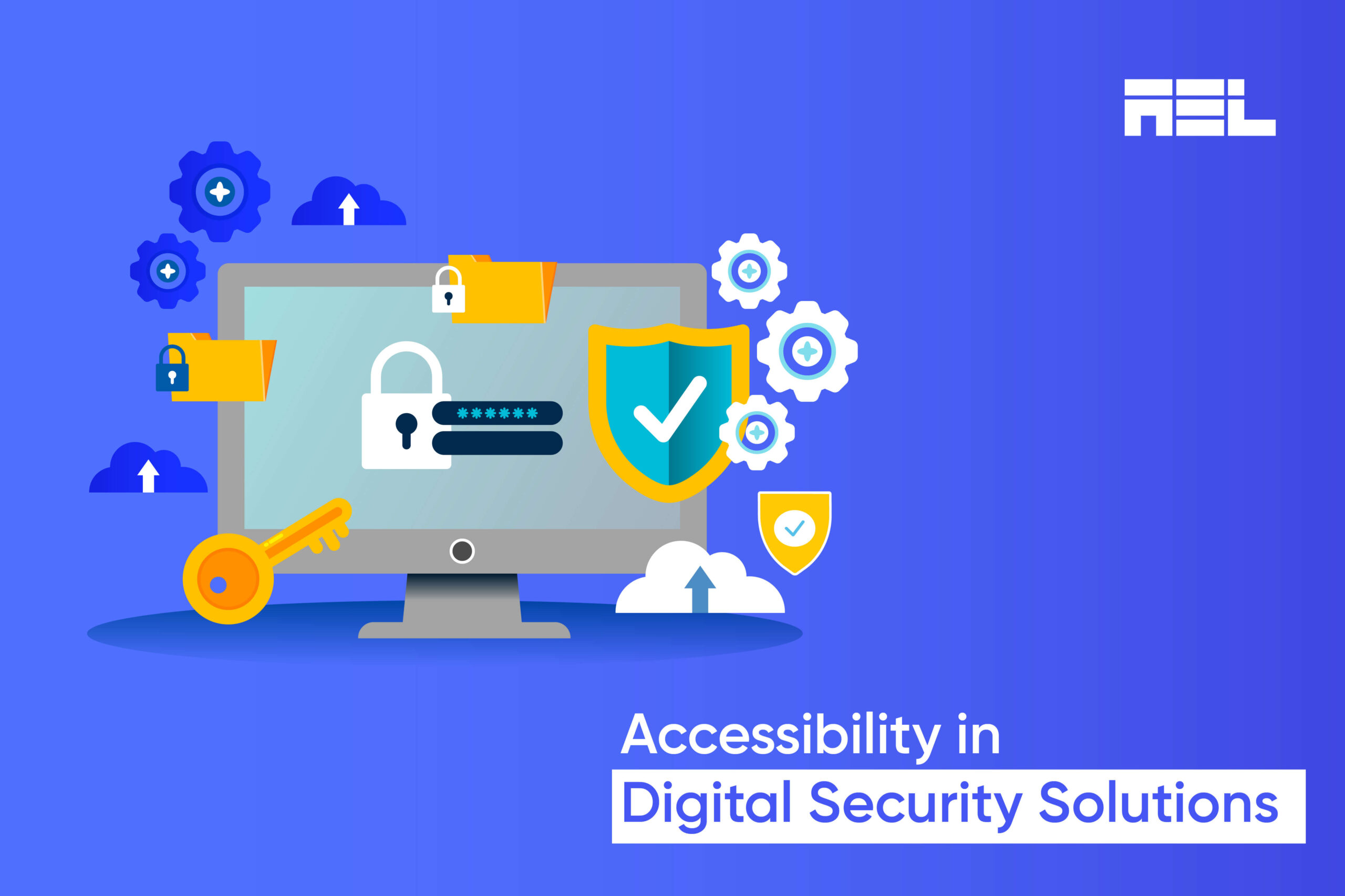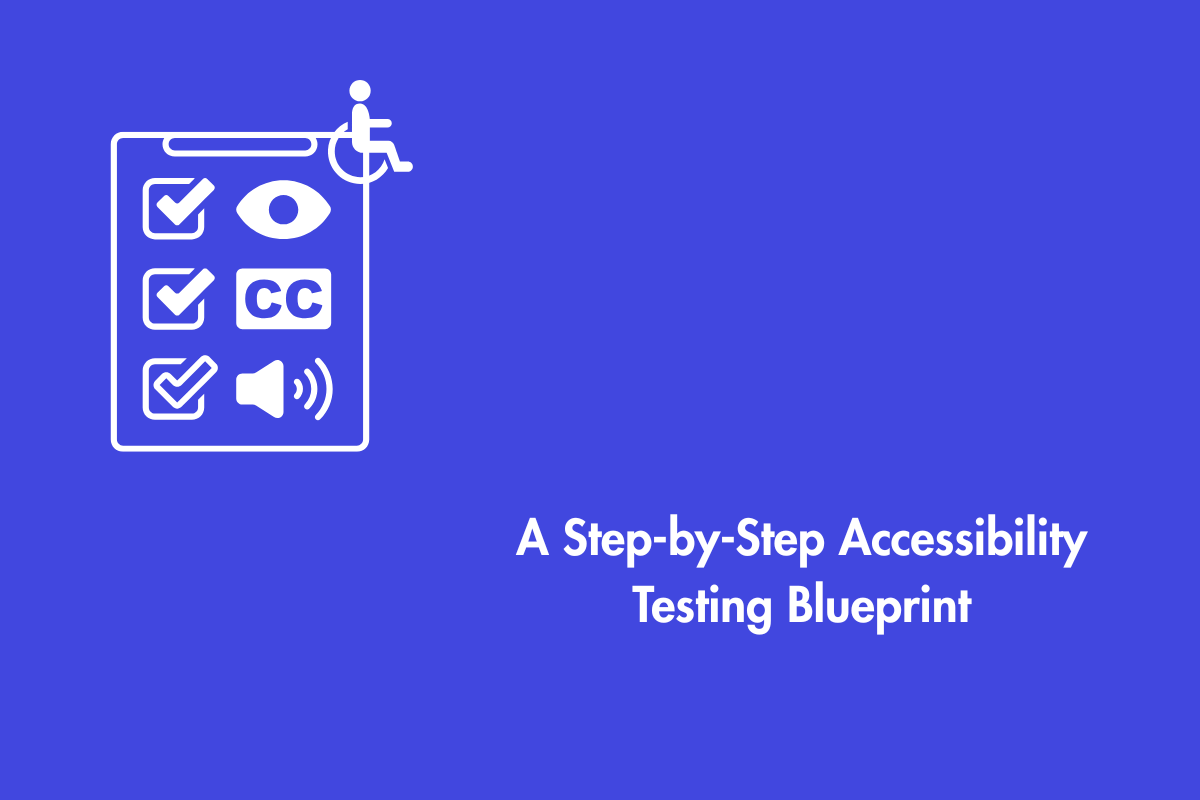Digital security protects digital identity, personal, financial, and social data from unauthorized access. It involves antivirus software, secure login methods, and monitoring systems. However, accessibility challenges arise due to disabilities, impairments, literacy, language barriers, cultural differences, and socio-economic conditions. These users are vulnerable to attacks and online deception due to inaccessible security and privacy controls. This article explores the need for accessible digital security solutions, common challenges, best practices, success stories, and the future of accessible digital security solutions.
Table of Contents
- 1 The Requirement for Readily Accessible Digital Security Options
- 2 Common Barriers to Accessibility in Digital Security Solutions
- 3 Guidelines for Enhancing the Accessibility of Digital Security Solutions
- 4 Examples of Effective and Usable Digital Security Technologies
- 5 Digital Security in an Age of Universal Access
- 6 Wrapping-up
The Requirement for Readily Accessible Digital Security Options
Accessible digital security solutions are those that are designed and developed with the principles of universal, user-centered, and inclusive design. These principles ensure that digital security solutions are usable and effective for all users, regardless of their abilities, preferences, contexts, and situations.
Multiple perspectives demonstrate the need for accessible digital security solutions:
1. Ethical perspective:
Easily available cyber security solutions are a concern for individual rights and fairness in society. All individuals have the right to unrestricted access to the means to defend individual confidentiality, self-worth, self-governance, and overall happiness. Nobody must face discrimination or be left out of it due to their disabilities or additional circumstances.
2. Legal perspective:
Easily usable digital security solutions are related to compliance following multiple laws and regulations that enforce accessibility for online products and services. Such regulations and rules guarantee that people with disabilities have equal access to internet platforms and technologies.
3. Business perspective:
Accessible digital security solutions are a matter of competitive advantage and customer satisfaction. By making digital security solutions accessible to all users, businesses can reach a broader market segment, increase customer loyalty, reduce legal risks, enhance brand reputation, and improve the user experience.
4. Technical perspective:
Accessible digital security solutions are a matter of quality assurance and performance optimization. By following accessibility standards and guidelines, developers can create more robust, reliable, secure, and efficient digital security solutions that work across different devices, platforms, browsers, and environments.
Common Barriers to Accessibility in Digital Security Solutions
Digital security solutions often involve various methods or mechanisms for authenticating users’ identities or verifying their actions. These methods can pose various accessibility challenges for different users, depending on their abilities or impairments.
Some of the common accessibility challenges in digital security solutions are:
- Passwords: Passwords are traditional alphanumeric codes for accessing online accounts or services. They can be challenging for users with cognitive, visual, or physical impairments and those with small screens or keyboards.
- PINs: PINs, similar to passwords, require numeric digits and can be challenging for users with cognitive, visual, or physical impairments. They may need correct memory, distinguishing numbers, and pressing buttons or keys.
- CAPTCHAs: CAPTCHAs are complex puzzles for users to prove their humanity, but they can be challenging for those with cognitive, visual, or physical impairments. These challenges can affect understanding, recognizing images, text, or audio, and completing the test.
- Pattern locks: Pattern locks are graphical passwords users use to unlock devices or applications, but they can be challenging for users with cognitive, visual, or physical impairments. They require accurate memory, visual tracking, and gestures to draw.
- Facial recognition: Facial recognition is a biometric method that uses facial features to identify or verify users. It can be challenging for users with facial impairments and visual or physical limitations and may trigger false alarms.
- Multi-Factor Authentication (MFA): MFA involves multiple authentication factors like passwords, PINs, biometrics, and tokens for online accounts or services. This can be challenging for users with cognitive, visual, or physical impairments, as they may struggle to remember or manage multiple factors.
Guidelines for Enhancing the Accessibility of Digital Security Solutions
Developers and designers should follow best practices to make digital security solutions accessible and usable for all users. Best practices:
1. Follow accessibility standards and guidelines:
Developers and designers should follow WCAG, ADA, EAA, and other rules to make digital products and services accessible to individuals with disabilities. Accessibility standards and guidelines involve perceivability, operability, understandability, and resilience.
2. Conduct user research and testing:
Developers and designers should conduct user research and testing with diverse users, including people with disabilities, to understand their needs, preferences, challenges, and expectations regarding digital security solutions. User research and testing can help identify accessibility issues and gaps in digital security solutions and provide feedback and suggestions for improvement.
3. Provide multiple options and alternatives:
Website creators should offer diverse digital security solutions, including authentication methods like passwords, PINs, biometrics, and tokens, and alternative methods like audio CAPTCHAs, text messages, and email codes, catering to different user abilities and contexts.
4. Provide clear instructions and feedback:
Website creators should offer clear instructions and feedback for users to use digital security solutions, including labels, hints, prompts, error messages, and accessible formats like text, audio, and icons.
5. Use simple and consistent design:
Developers and designers should use simple designs for digital security solutions to reduce cognitive load and improve the user experience. This includes clear language, intuitive navigation, and familiar icons while maintaining recognizable design elements.
Examples of Effective and Usable Digital Security Technologies
Some examples of digital security solutions have implemented accessibility features or practices that have improved the accessibility and usability of their products or services for all users. Some of these examples include:
- Microsoft Authenticator: Microsoft Authenticator is an app that provides MFA for Microsoft accounts and other online services. Microsoft Authenticator has several accessibility features, such as voiceover support, a large text option, a high contrast mode, and vibration feedback, that can help users with different abilities and preferences use the app effectively.
- Google reCAPTCHA v3: Google reCAPTCHA v3 improves the accessibility of CAPTCHAs by using a score-based system, advanced risk analysis, and adaptive challenges to distinguish humans from bots, enabling users with cognitive, visual, or physical impairments to access websites and applications without barriers.
- Duo Security: Duo Security delivers MFA and identity verification for online businesses and platforms. It designs and develops goods and services with varied users in mind.
- LastPass: LastPass, an online password manager, supports keyboard navigation, screen readers, and font size modifications. Autofill, biometrics, and voice control make it convenient.
Digital Security in an Age of Universal Access
The future of accessible digital security solutions is promising and exciting. With the advancement of technology and the awareness of accessibility, developers and designers are constantly innovating and improving their digital security solutions to make them more accessible and usable for all users.
Some of the trends and developments that can shape the future of accessible digital security solutions are:
- Artificial intelligence (AI) and machine learning (ML): AI and ML can help digital security systems learn from data and user behavior to create tailored and adaptable security solutions for diverse user demands and preferences.
- Blockchain and Decentralized Identity (DID): Secure, transparent, distributed ledger systems for transactions and records enable self-sovereign identities without middlemen. These digital security solutions prevent identity theft, data breaches, and censorship.
- Biometrics and Behavioral Biometrics: Biometrics and behavioral biometrics utilize biological and behavioral characteristics to identify and verify users, enhancing digital security solutions by providing accurate, convenient, and accessible authentication methods and reducing reliance on passwords and PINs.
Wrapping-up
Digital security ensures privacy, security, and well-being, but accessibility issues can hinder use. Developers should use accessibility standards, user research, clear instructions, and simple designs. Popular accessible solutions include Microsoft Authenticator, Google reCAPTCHA, Duo Security, LastPass, AI, and biometrics.



